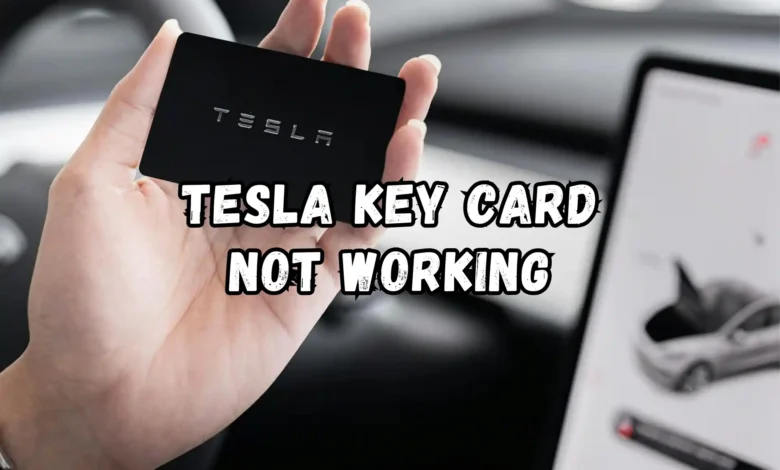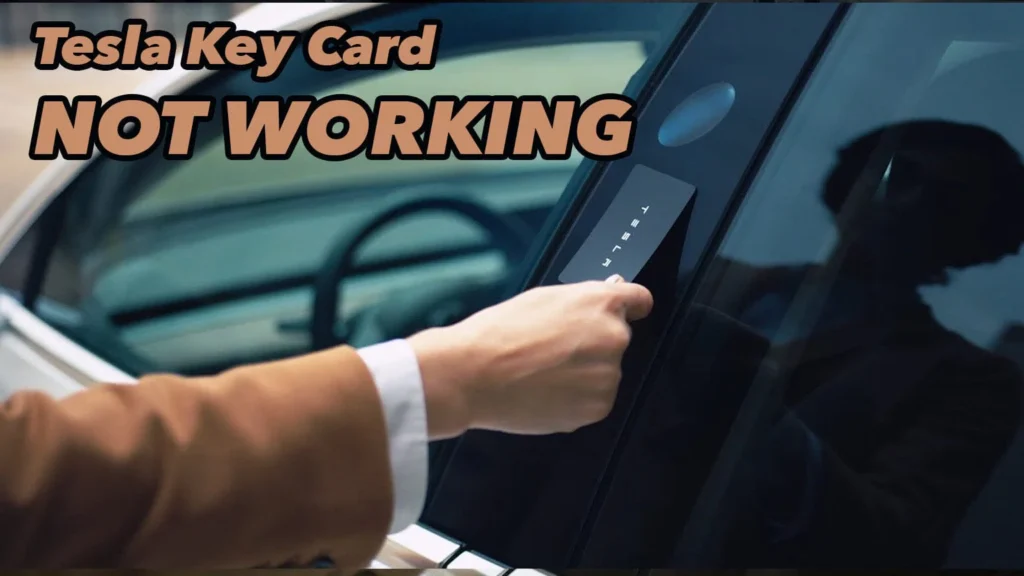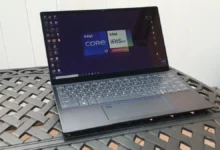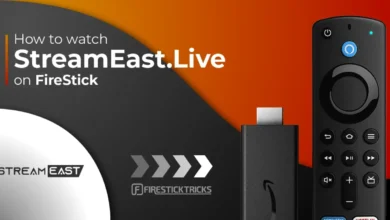Why is My Tesla Key Card Not Working? Understanding the Common Issues and Fixes

Why is My Tesla Key Card Not Working? Tesla vehicles are known for their cutting-edge technology, and one of the most convenient features is the Tesla key card. This sleek little device allows you to unlock and start your car without needing a traditional key fob. How ever, like any piece of technology, sometimes the Tesla key card may stop working. If you’ve found yourself in this situation, you might be wondering why your Tesla key card is not working and how you can fix it. In this article, we’ll explore common issues with Tesla key cards and offer practical solutions to get you back on the road quickly.
Understanding How the Tesla Key Card Works
Before diving into potential issues, it’s important to understand how the Tesla key card operates. The Tesla key card uses RFID (Radio Frequency Identification) technology, which communicates with the car’s sensors to unlock and start the vehicle. When you tap the key card against the B-pillar (the part of the car’s door frame), it sends a signal to the vehicle’s onboard system, which then grants you access to the car.
In addition to this, the Tesla key card can be programmed into the car’s settings, allowing you to assign specific features and preferences, such as seat positioning, climate control, and music. While the key card is an efficient and convenient method of accessing your Tesla, it can sometimes run into issues, which is why it’s important to understand what could go wrong.
Common Reasons Why is My Tesla Key Card Not Working
Several factors can cause your Tesla key card to malfunction. Whether it’s an issue with the card itself or a problem with the car’s sensors, understanding the common reasons behind these failures can help you resolve the issue faster.
Physical Damage to the Key Card

One of the most common reasons a Tesla key card may stop working is physical damage. Since the key card is a small, plastic device, it’s not immune to wear and tear. Over time, if the card has been bent, scratched, or exposed to extreme temperatures, it could cause issues with the RFID chip inside.
RFID technology relies on a specific signal to communicate with the car, and if the card’s chip is damaged, that signal can’t be transmitted correctly. If you notice any visible damage to your Tesla key card, it’s worth trying a spare key card if you have one. If the spare works, the issue is likely with the original key card.
Low Battery in Your Tesla
Another factor to consider is the battery in your Tesla vehicle itself. While the Tesla key card doesn’t require a battery to function, the car’s onboard system that communicates with the key card relies on power. If the car’s battery is low, it might not be able to properly communicate with the key card, causing issues when trying to unlock or start the vehicle.
In such cases, you may need to recharge your car to ensure it has enough power to function correctly. This issue is more common in electric vehicles, as they rely on battery power for nearly all their systems. If the car is running low on charge, it can cause glitches with the key card recognition process.
How to Troubleshoot Tesla Key Card Issues
If your Tesla key card is not working, there are several steps you can take to troubleshoot the issue. The following are common solutions that might help you get your key card functioning again.
Resetting the Key Card
One of the first troubleshooting steps you should try is to reset the key card. Resetting the key card can clear any temporary glitches and allow the card to sync properly with your Tesla vehicle. To reset the key card, simply remove it from the car’s system by going into the Tesla app and deleting the card from your list of paired devices. Afterward, re-pair the key card by following the instructions in the app or through the car’s settings menu.
Resetting the key card can help eliminate any temporary software bugs or connectivity issues that may be causing the card to fail.
Reprogramming the Key Card
If resetting the key card doesn’t solve the problem, you can try reprogramming it. Reprogramming the key card ensures that it’s properly synced with your Tesla vehicle’s security system. To do this, you will need to access your car’s touchscreen and navigate to the “Locks” section in the settings menu. From there, you can add or remove key cards as needed.
To reprogram the key card, simply hold the key card up to the card reader and follow the on-screen prompts to assign the card to the vehicle. This process can help resolve any issues with the key card’s connection to the car’s system.
When to Replace Your Tesla Key Card
If you’ve tried troubleshooting steps like resetting and reprogramming the key card, and it’s still not working, it might be time to consider replacing the card. Over time, key cards can wear out, especially if they have been subjected to physical damage or extreme conditions. If you’ve exhausted all other troubleshooting methods and the key card still isn’t working, a replacement is likely the next step.
Tesla offers replacement key cards, and you can easily order a new one through the Tesla app or by visiting your nearest Tesla service center. Replacing a malfunctioning key card is a relatively simple process, and once you receive the new card, you’ll be able to reprogram it to your vehicle just like you did with the original card.
How to Prevent Key Card Problems in the Future
While it’s not always possible to prevent key card issues, there are some precautions you can take to extend the life of your key card and reduce the likelihood of encountering problems in the future.
Store Your Key Card Safely
To prevent physical damage to your key card, it’s important to store it properly. Avoid keeping the card in places where it could be bent or scratched, such as in your wallet or between other items in your bag. Instead, consider using a dedicated case or holder to protect the card from damage.
Avoid Extreme Temperatures
Extreme heat or cold can affect the functionality of the Tesla key card. If you live in a region with extreme temperatures, try to avoid leaving your key card in direct sunlight or freezing conditions. This will help preserve the integrity of the RFID chip and keep it functioning properly.
Troubleshooting the Tesla App and Connectivity Issues
Sometimes, the problem with your key card isn’t with the card itself, but with the Tesla app or the car’s Bluetooth connectivity. Tesla’s mobile app plays an important role in syncing your key card to your vehicle, so if there’s an issue with the app or Bluetooth connectivity, it may affect the performance of your key card.
Update the Tesla App
If the Tesla app is outdated, it could cause issues with pairing or communicating with your key card. Make sure that your Tesla app is updated to the latest version, as app updates often fix bugs and improve connectivity. Check your app store for updates, and install the latest version if necessary.
Reconnect Bluetooth
Bluetooth connectivity is crucial for syncing your key card to your vehicle. If your car isn’t recognizing the key card, try turning off your Bluetooth on your phone and then turning it back on. You can also try restarting your phone or resetting the Bluetooth settings on the Tesla app to ensure a smooth connection.
Conclusion: Solving the Key Card Mystery
If your Tesla key card is not working, it’s likely due to a technical glitch, physical damage, or a connectivity issue. However, the good news is that most problems can be resolved with some simple troubleshooting steps, such as resetting or reprogramming the card, checking your car’s battery, or ensuring proper Bluetooth connectivity. If all else fails, don’t hesitate to replace the key card, as Tesla offers replacements that are easy to program.
By understanding how the Tesla key card works and knowing how to troubleshoot common issues, you can ensure a smooth and hassle-free experience with your Tesla vehicle. Remember to handle your key card with care, avoid extreme conditions, and stay on top of software updates to keep everything running smoothly.






